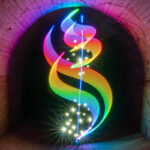
Battery & Charger Buying Guide 2018

This is a 2018 update for the battery and charger buying guide for light painting photographers. There haven’t been too many changes since last year as battery and charger technology have progressed slowly. However, changes to the article have been based on feedback for more clarity.
ALKALINES AND NIMH
Most light painter’s first flashlights are based on non-rechargeable Alkaline (1.5V) batteries or rechargeable NiMH (1.2V) batteries. These come in AAA, AA, C, and D sizes. Compared to li-ion batteries, these are generally very safe, and easy to purchase. Alkaline batteries are widely available almost everywhere, but as they not rechargeable, they are quite wasteful. They also loose voltage faster the NiMH batteries, usually resulting in a faster drop in brightness. Alkaline batteries can also leak, especially if they are left is a discharged state for a long time, or reverse charged (caused by batteries in series at different voltages). Thus I recommend using low self discharge (LSD) NiMH batteries. The best examples of these for AAA and AA size are all made by FDK in Japan under various brand names.
Recommended NiMH AAA and AA batteries include:
- Panasonic Eneloop and Eneloop Pro (only if made in Japan, models on sale in Australia are not made in Japan)
- Fujitsu
- Ikea Ladda batteries (white) – best value for money by far!
- Amazon Basics and Duracell (again, only if it is stated that they are made in Japan).
Recommended NiMH only chargers include:
- Smart chargers – Panasonic BQ-CC65, BQ-CC55, and older BQ-CC16/17.
- Analysing chargers – Opus BT-C700 or SkyRC NC2600
Unless you are only every intending on using NiMH batteries, I would recommend looking at multi-chemistry chargers (see Li-ion section). For C, D, and 9V NiMH batteries, Powerex batteries and Maha chargers are well recommended. Avoid Heavy Duty (Lead Acid) batteries, these will only last a few minutes in a good flashlight, and are best used in TV remote controls.
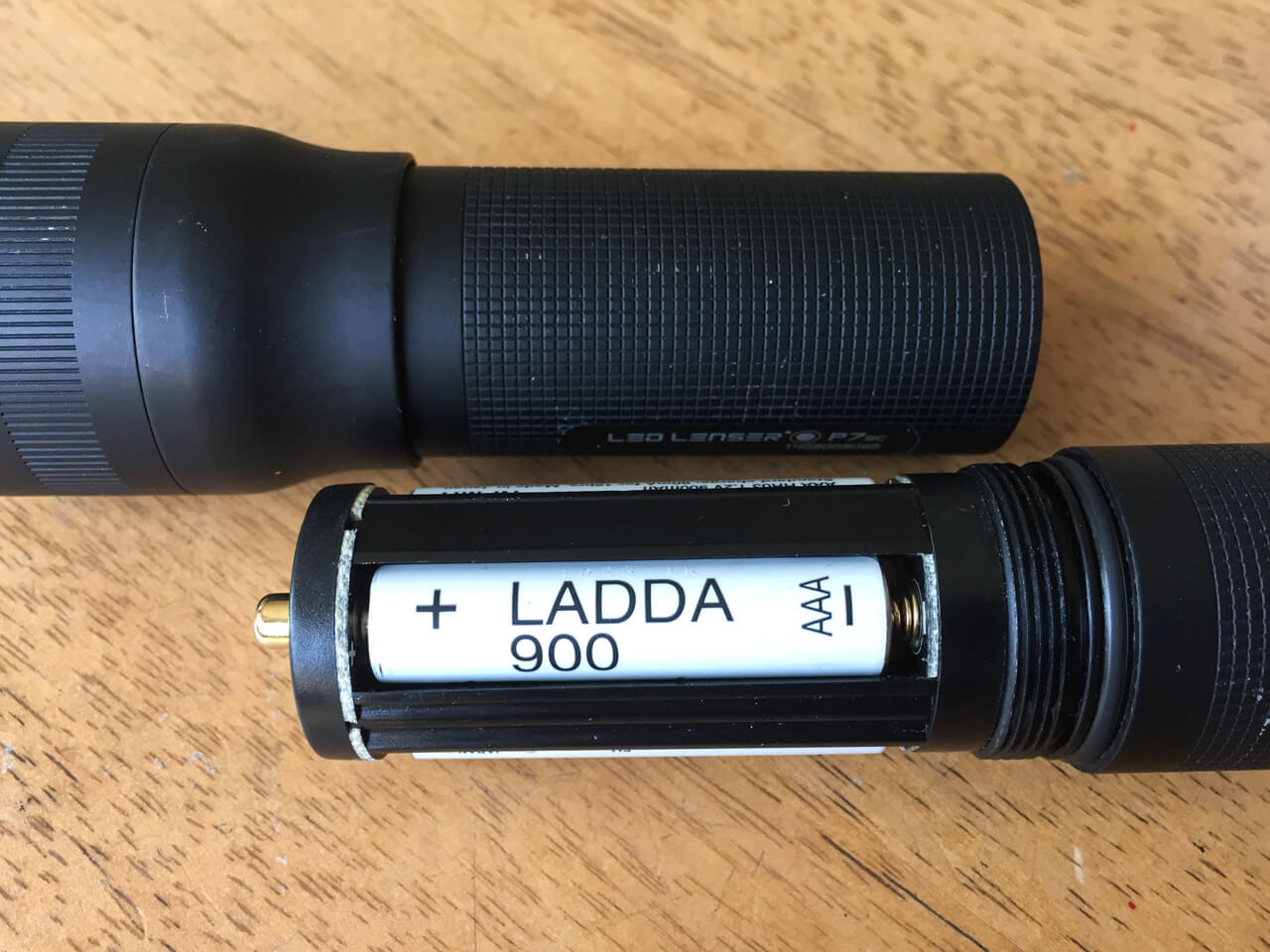
The white Ikea Ladda batteries are the best value for money rechargeable NiMH AA and AAA batteries available.
LITHIUM
As well as Alkaline and NiMH, AAA and AA batteries are also available in Lithium form (1.7V). These are non-rechargeable, but typically last twice as long as good Alkaline or NiMH batteries. They are also usually far more than twice the price of Alkaline, so value for money is not great. As they are not rechargeable, I would only really recommend them for use in extreme temperatures, in which they perform well.
Lithium CR123A (3V) batteries are non-rechargeable, and were quite popular in the earlier years of LED flashlights. However, they have largely been superseded by rechargeable li-ion batteries which are now far better in terms of current handling and capacity (more mAh = longer flashlight runtimes). The only real advantage of CR123A batteries is that they have a good shelf life and can handle large temperature ranges. Thus I don’t generally recommend using CR123A batteries. Note, that RCR123 batteries (also known as 16340) are rechargeable li-ion CR123A sized batteries and have a higher nominal voltage.
Some very small “keyring” flashlights and glow sticks may use lithium button batteries. Be extremely careful with button batteries around children, as there have been many cases of permanent injury and death in children who have swallowed them.
LI-ION – OVERVIEW AND SAFETY
Most of this buying guide will focus on li-ion batteries, which are pretty much essential of you want to use high brightness flashlights. Li-ion batteries have a very high power density, but at the expense of having more volatile chemistry. Thankfully, newer IMR and INR chemistries are safer than older ICR batteries. The vast majority of li-ion batteries used in flashlights have a maximum voltage of 4.2V, and a nominal voltage of 3.6/3.7V. Use of li-ion batteries requires knowledge of the safety risks required to safely use these batteries.
Key li-ion safety aspects so as to avoid damaging the li-ion battery and increasing the risk of explosion are as follows:
- Do not charge above 4.2V. Use chargers that have been tested to terminate charge correctly.
- Do not discharge below 2.5V. Look for flashlights with low voltage protection, or mechanically lock out the flashlight if possible (usually by unscrewing the tail cap). If you do discharge below 2.5V, re-activating the battery should be using low current, with frequent checking that the battery does not get too hot! If in doubt, dispose of the battery at a recycling point.
- Use a Digital Multi Meter (DMM) or charger with voltage readout to test voltage before and after charge when possible.
- For lights that use more than one li-ion or lithium battery in series or parallel, you must use matching batteries and they must always be at the same voltage before use (check using DMM or charger with voltage readout). If voltages are not the same, you risk reverse charging, and possible explosion.
- Always insert batteries with the correct polarity. Some flashlights have reverse polarity detection or prevention.
- Do not short circuit the battery. Note: the entire outside of the metal cylinder is -ve (apart from the +ve terminal). Carrying li-ion batteries in pockets has resulted in many an explosion!
- Do not use damaged li-ion batteries, this includes damaged wrappers.
- Do not charge or discharge at currents higher than the battery’s rating.
- Use protected batteries (as long as they fit in a light) if you are unsure of using li-ion batteries. Batteries with added protection circuits will help prevent over charge, over discharge, or over-current. However, protection circuits are an additional point of failure.
- Avoid older and more volatile ICR chemistry li-ion batteries where possible.
- Always periodically check on the batteries during a charge – I don’t advise charging at night or if you are out of the house.
- Charge, and store batteries and flashlights in less flammable locations – plastic battery containers are useful.
- Remove batteries from flashlights if they will be out of use for a while – beware of parasitic drain!
- Keep batteries out of reach of children, and people with no common sense.
- Li-ion batteries will degrade slower if stored closer to 50% capacity (around 3.6-3.7V)
If you were very unfortunate, and a li-ion battery starts to heat up rapidly (thermal runaway), quickly leave it in as safe a place as possible and keep your distance. The pressure build up during a battery vent will cause an explosion from both ends of the flashlight tube (and side if there is a side button). If there is a source if ignition, there may be flames and resulting fire. Avoid breathing in the fumes, and call the fire brigade immediately.
Li-ion batteries have names that denote the approximate size of that battery in mm. The first two numbers of width, and the second two are length. Examples include 14500, 16340, 18350, the commonly used 18650, 26650, and more recently 20700 and 21700. Unfortunately, that is where the standardisation ends, especially when you add protection circuits onto the ends of some batteries. 18650s can vary between 18mm x 65mm in unprotected batteries, up to 18.8mm x 71mm in the largest protected batteries. Not all 18650 batteries will fit in a flashlight as they may be too short, too long, or too wide. Thus it is advised to read reviews, or follow manufacturer recommendations of battery sizes that will fit.
LI-ION – RECOMMENDATIONS
All protected batteries have the protection circuit added by companies that are not the original OEM manufacturer, and usually have button tops. Increasingly li-ion batteries are included with flashlights. However if they are not, you will need to purchase your own. Most recommended 18650 batteries are in the 2900 to 3600mAh capacity range.
Recommended protected 18650 li-ion batteries include:
- Maximum capacity (up to 7-10A, approx. 3500mAh) – Klarus 18GT-36 3600mAh, Blazar 3500mAh (Australia), KeepPower 3500mAh (protected), EagleTac 3500mAh, Orbtronic 3500mAh (USA), Nitecore 3500mAh.
- Maximum current, high capacity (up to 12-15A, approx. 3000mAh) – Klarus 18GT-IMR31 3100mAh, Imalent MRB-186P30 3000mAh, AceBeam 3100mAh IMR 18650, KeepPower 3000mAh (protected).
- Good for cold temperatures – Klarus 18GT-LT29 2900mAh, Nitecore NL1829LTHP 2900mAh.
If in doubt, go with the flashlight manufacturer’s recommended battery! Not all 18650s fit in all flashlights!!!
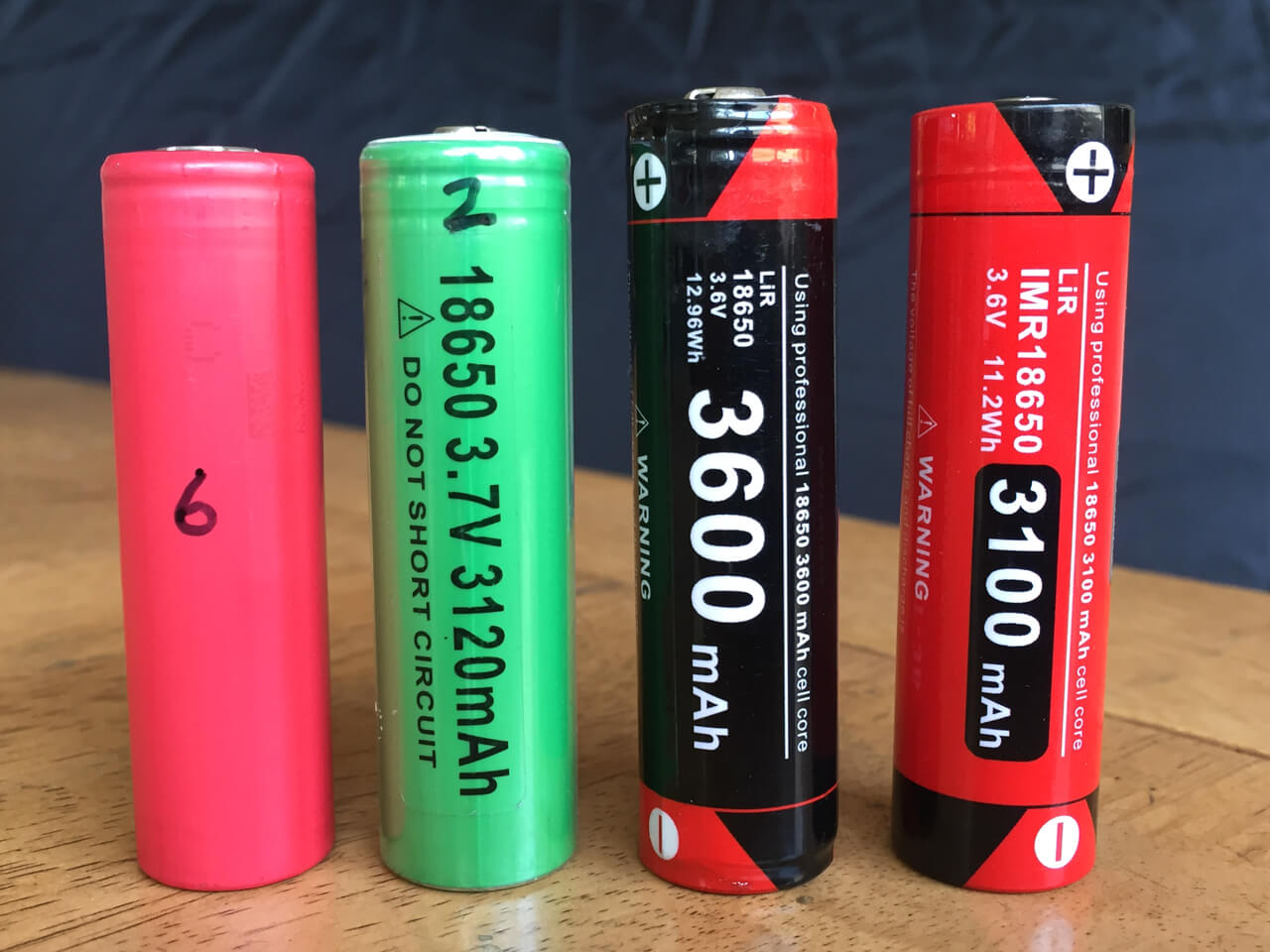
18650 li-ion batteries – left to right – Panasonic NCR18650GA unprotected, Sony VTC6 unprotected (with added button top), Klarus 18GT-36 protected, Klarus 18GT-IMR31 protected.
Recommended multi-chemistry (NiMH and li-ion) battery chargers include:
- Basic (no voltage display) – Klarus K1, K2, C4 and C8, Nitecore i2 and i4, Liitokala Lii-202 and Liitokala Lii-402
- More advanced (voltage display) – Nitecore UM2, UM4, and D4 (only buy from official Nitecore dealers due to many fakes), GyrFalcon All-44 and 88, XTAR VC2 and VC4, and Miboxer C8.
- Budget analysing chargers (voltage, internal resistance, and capacity testing) – Liitokala Lii-500, Opus BT-C3100/3400, Zanflare C4.
- Higher quality analysing chargers (voltage, internal resistance, and capacity testing) – XTAR DRAGON VP4 Plus (this is what I use), SkyRC MC3000.
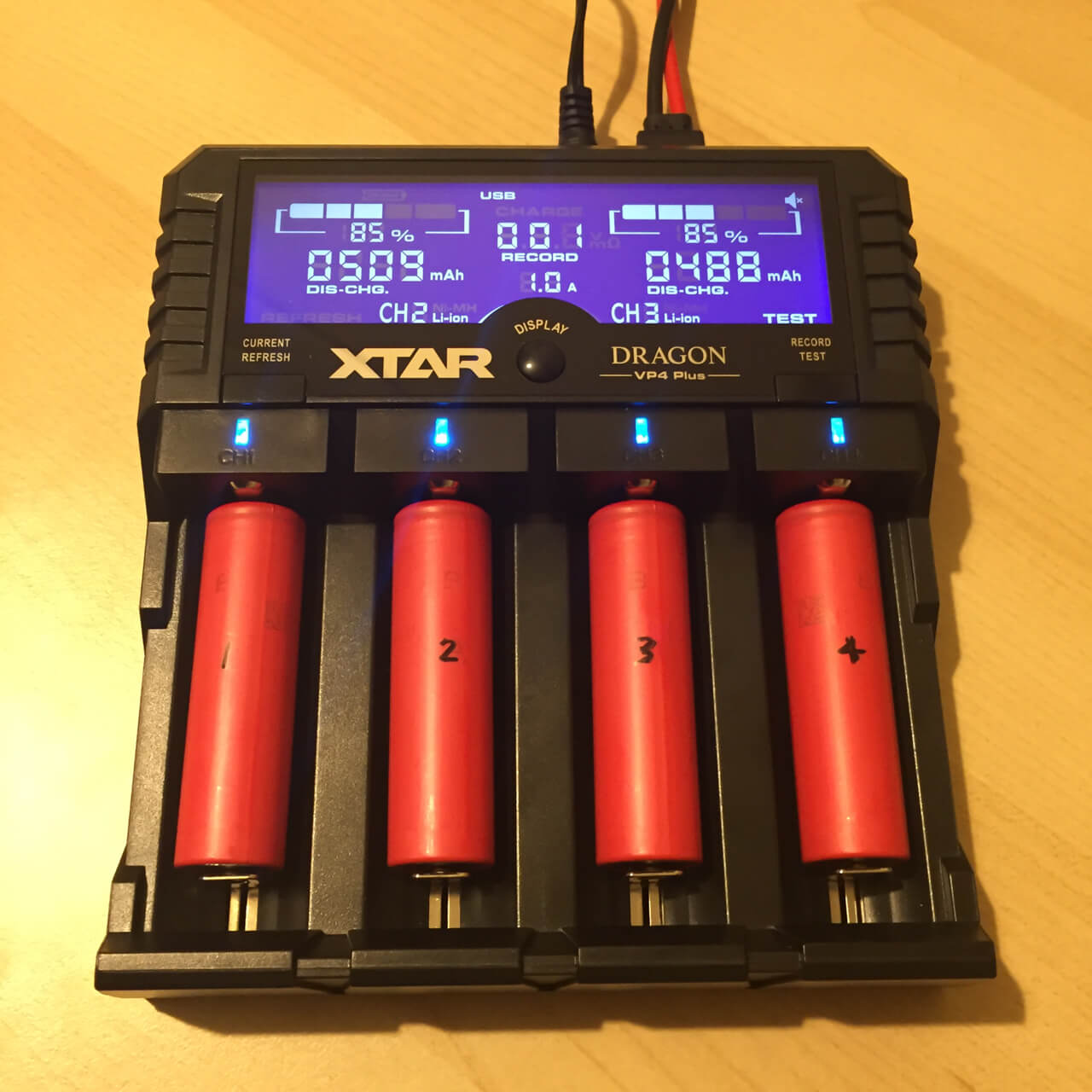
XTAR Dragon VP4 Plus – a highly recommended analysing charger
More advanced flashlight users may want to use unprotected batteries and fast chargers.
Recommended unprotected 18650 batteries include:
- Up to 8-10A current, maximum capacity (approx. 3500mAh) – Panasonic/Sanyo NCR18650GA (most recommended), Samsung 35E, LG MJ1, LG M36, and Sony VC7.
- Up to 15A current, high capacity (approx. 3000mAh) – Sony VTC6, Samsung 30Q, and LG HG2.
These unprotected batteries are all flat top batteries. Some of these models are also available with added button tops if they need to be used in series, in flashlights with physical reverse polarity detection (such as Nitecore and Eagletac), or ring contacts (such as BLF/Thorfire Q8).
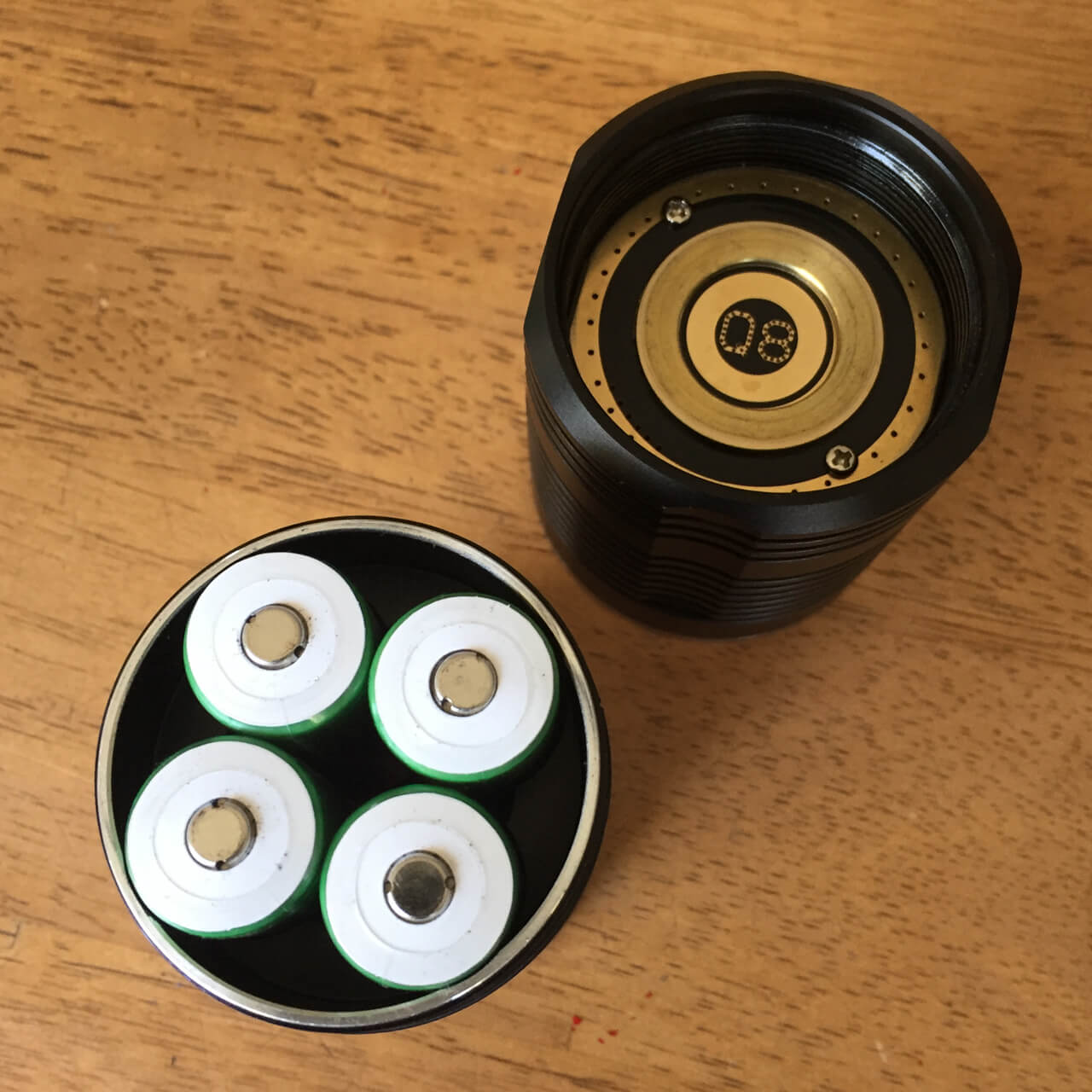
Button top unprotected batteries are required for some lights including the BLF/Thorfire Q8
Some companies (usually aimed at the vape market) also re-wrap these unprotected batteries with their own branding. Recommended re-wrap companies selling 18650, 20700, and 21700 batteries include Efest, Vapcell, iJoy, and Keeppower. Many vape battery companies overrate the maximum current (A), though this less of an issue for flashlights which typically use far less maximum current than most eCigs. Whilst the previously mentioned advanced and analysing multi-chemistry chargers can be used with unprotected batteries, higher current unprotected batteries can also be used with fast chargers. Be aware that frequent fast charging may shorten the useful lifespan of the batteries.
Recommended fast chargers include:
- Up to 2A – XTAR SC1, SV2, D2, D4, and Nitecore SC1.
- Up to 3 or 4A – Miboxer C4-12, XTAR Over4 Slim and SC2, Nitecore UMS2, UMS4, SC2, and SC4.
Some flashlights have internal charging mechanisms, using USB or magnetic chargers. These are very popular with the consumer market.
Recommended flashlights manufacturers who make lights with internal charging include:
- Nitecore, Olight, Klarus, Ledlenser, and Zanflare.
Be aware that some magnetic charging connections need to be kept away from conductive materials such as steel wool so as to avoid a short circuit!

USB charging on Klarus XT11GT
It is also possible to purchase 18650 li-ion batteries with internal USB charging (the micro USB port is integrated in the battery). These are quite long, don’t fit in some lights, and have extra points of failure. Thus I would only recommend them if they come included with a flashlight.
LI-ION – NOT SO GOOD
Unfortunately, there are a lot of very bad and dangerous li-ion batteries available (including from Amazon, eBay, and other online retailers), with highly over-exaggerated current and capacity ratings. Any 18650 battery with a capacity over 3600mAh is fake or misleading. Brands to avoid include Ultrafire, GTL, GIF, SkyWolfeye, Meco, and Elfeland. There have been many reports on flashlight forums of Ultrafire batteries exploding. Also, avoid no brand chargers offered for free with flashlights, as they are often poor quality, and may overcharge batteries.
CONCLUSION
Good places to read up on battery and charger tests are:
Due to safety reasons, li-ion shipping is quite problematic. Many Chinese electronics retailers such as GearBest, Banggood, and FastTech have stopped shipping to some countries. Thus it is often easier to purchase from as close to home as possible. Bricks and mortar flashlight and vape stores are good places to start, but can be expensive. Online retailers such as Supersports600 (Australia), Nkon (EU and UK), Ecolux (UK), Liion Wholesale, Illumn, Orbtronic, and Mountain Electronics (USA) are highly recommended on flashlight forums.


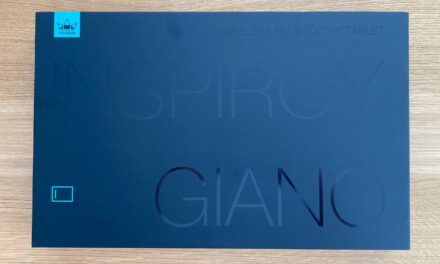
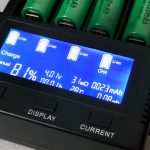

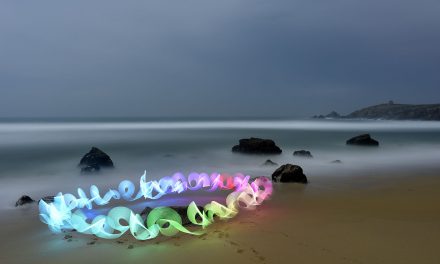
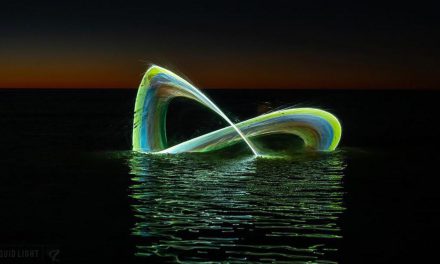


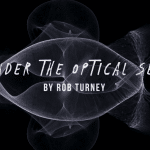


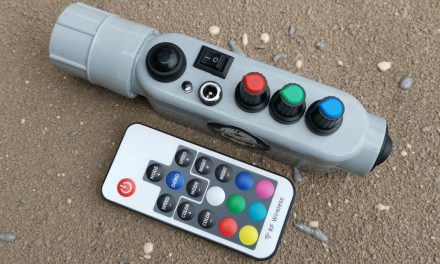

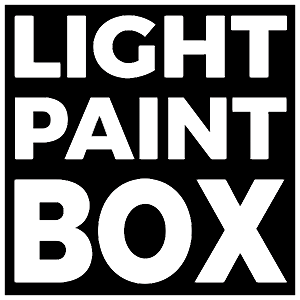
Great review! Do you recommend the high capacity or the high output cells? If you have a link to the Panasonic cells or the ones you recommend that are confirmed to not be counterfeit, could you post them? I found some Panasonic cells on Amazon but hard to tell if they are genuine. Thanks.
Depends in the current draw. For something like a 1000 lumen light that would draw 3-4A, I would go with high capacity. Those NCR18650GA look like the non Japanese made version, however I would be hesitant to buy li-ion batteries from Amazon (unless they come with a light from a respected manufacturer) due to the proliferation of reported fakes and their binning process (i.e. genuine products can get mixed up with fakes). There is a list of reputable li-ion sellers at the end of the article.